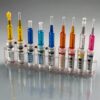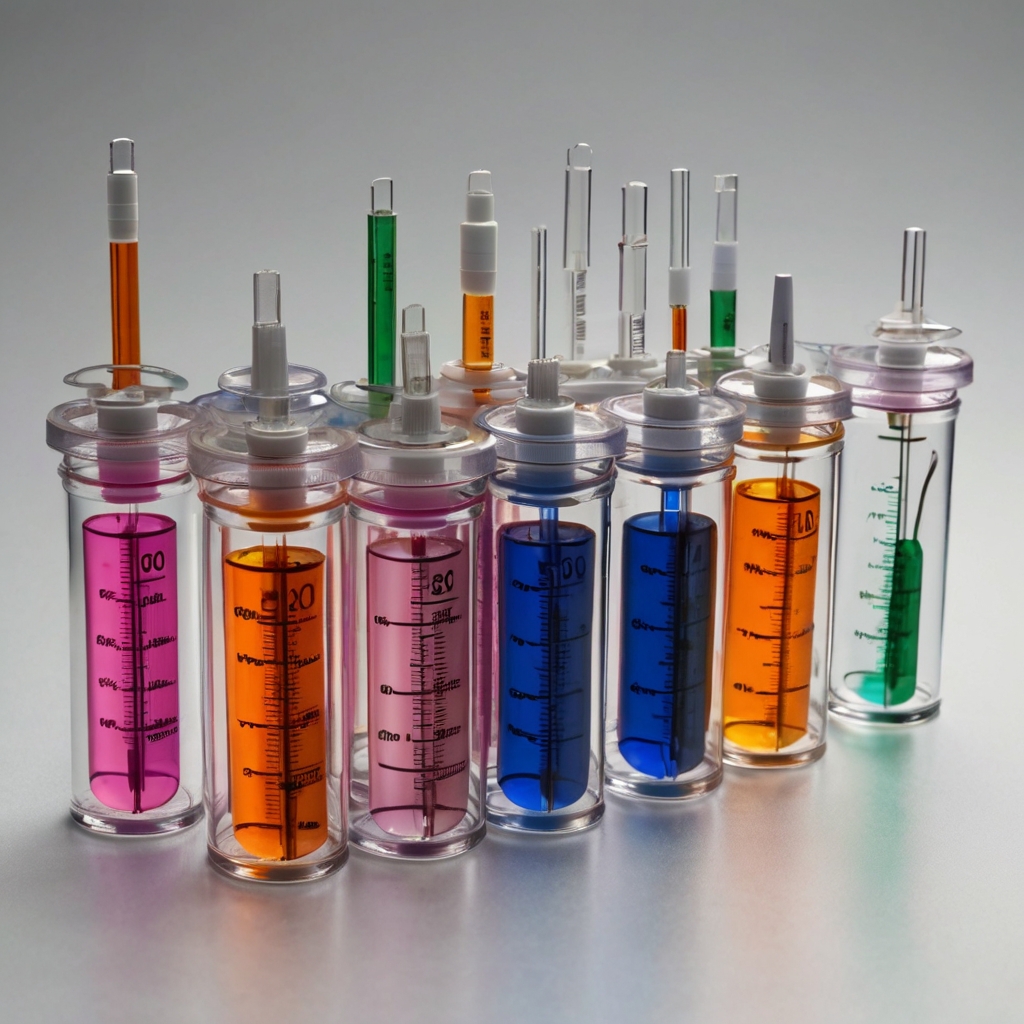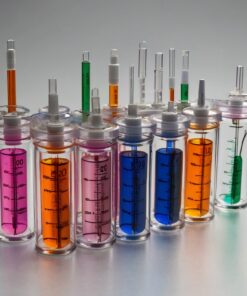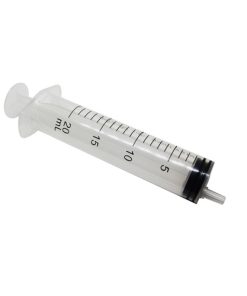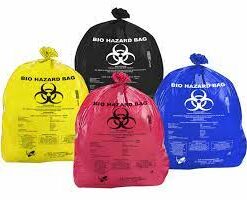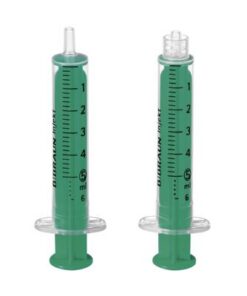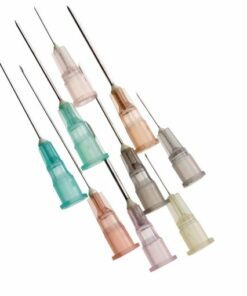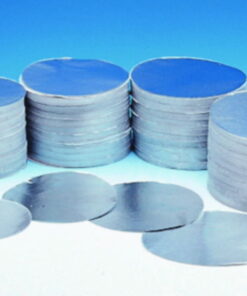5ml Syringe with 21g x 38mm Needle luer slip (3 Part)
R90.00 Ex VAT
Nitrile gloves Bulk price- 500 boxes
Category: Needles
Tag: 5ml Syringe with 21g x 38mm Needle luer slip (3 Part)
Syringes and needles come in various types and sizes, each designed for specific medical uses. Below is an overview of common types and their applications:
Types of Syringes:
- Luer Lock Syringe
- Use: These syringes have a threaded tip, allowing the needle to be securely twisted and locked in place.
- Application: Frequently used for injections that require a firm attachment, such as administering vaccines or certain medications.
- Slip Tip Syringe
- Use: The needle is pushed onto the syringe tip without threading, allowing for easy removal.
- Application: Often used for simple injections or for drawing fluid, where easy removal of the needle is necessary.
- Catheter Tip Syringe
- Use: These syringes have a longer, tapered tip for attaching to catheters or tubes.
- Application: Commonly used in wound irrigation, tube feeding, or injecting through tubing.
- Insulin Syringe
- Use: Specifically designed for administering insulin.
- Application: Used by diabetics for injecting insulin. The syringes have very fine needles and are usually measured in units.
- Tuberculin Syringe
- Use: Small syringes (1 mL) designed for administering small doses of medication.
- Application: Commonly used for tuberculosis tests (hence the name), or for pediatric dosing and allergy testing.
- Pre-filled Syringe
- Use: Syringes that come pre-loaded with medication.
- Application: Convenient for emergencies or specific treatments like vaccines, where precise doses are pre-set.
Types of Needles:
- Hypodermic Needle
- Use: Used to inject substances into the body or extract fluids.
- Application: Common in general medical practice for injections and drawing blood.
- Intramuscular (IM) Needle
- Use: Longer needles for penetrating deep into muscle tissue.
- Application: Used for vaccines or medications like antibiotics that require deep muscle injection.
- Subcutaneous (SC) Needle
- Use: Shorter needles for injection just below the skin.
- Application: Used for insulin injections, hormone therapy, and other medications requiring slow absorption.
- Intradermal (ID) Needle
- Use: Very short and thin needles designed for injection into the dermis layer of the skin.
- Application: Primarily used for skin tests like tuberculosis screening and allergy testing.
- Blunt Fill Needle
- Use: Needles with a flat, blunt tip, used to draw up medication but not for injecting.
- Application: Used to reduce the risk of needlestick injuries during preparation of medications.
- Butterfly Needle (Winged Infusion Set)
- Use: A small, thin needle with plastic “wings” for easy handling.
- Application: Used for drawing blood or administering fluids when a more delicate touch is needed, often in pediatric or geriatric patients.
- Filter Needle
- Use: Designed with a filter to remove particles from medications drawn from ampules.
- Application: Used to prevent contamination from glass or other particles during preparation of injectable medications.
Common Uses:
- General Medication Administration: Syringes and needles are essential for delivering vaccines, antibiotics, and pain medications.
- Blood Collection: Hypodermic and butterfly needles are commonly used for drawing blood samples.
- Diabetes Management: Insulin syringes are used by diabetics for frequent self-administration of insulin.
- Diagnostic Tests: Intradermal needles are used for skin testing (e.g., TB tests, allergy tests).
- Surgical and Critical Care: Syringes are often used to deliver anesthetics, sedatives, or pain relief medications.
Related products
Body Showers
B-Safety Body Emergency Shower ClassicLine with Eye Shower for Wall Mounting, Finery, Green
R31,018.00 Ex VAT
Needles
R10.00 Ex VAT
Needles
R10.00 Ex VAT
Needles
R180.00 Ex VAT
R25.00 Ex VAT
R4,295.00 Ex VAT
Breathing Protection
3M Respirator Masks 8000 Series, FFP 2 Preshaped, Pack of 20
R1,790.00 Ex VAT



